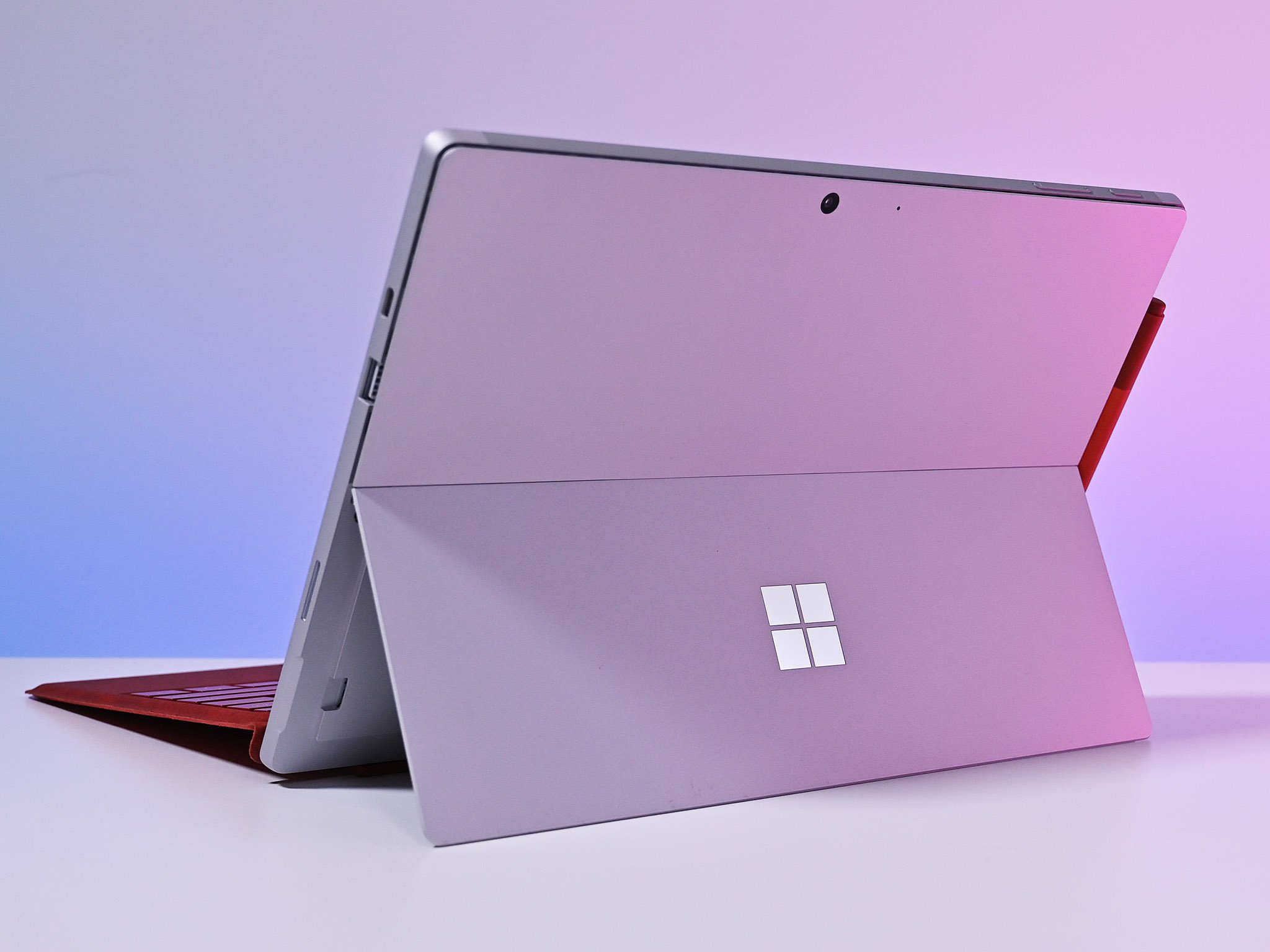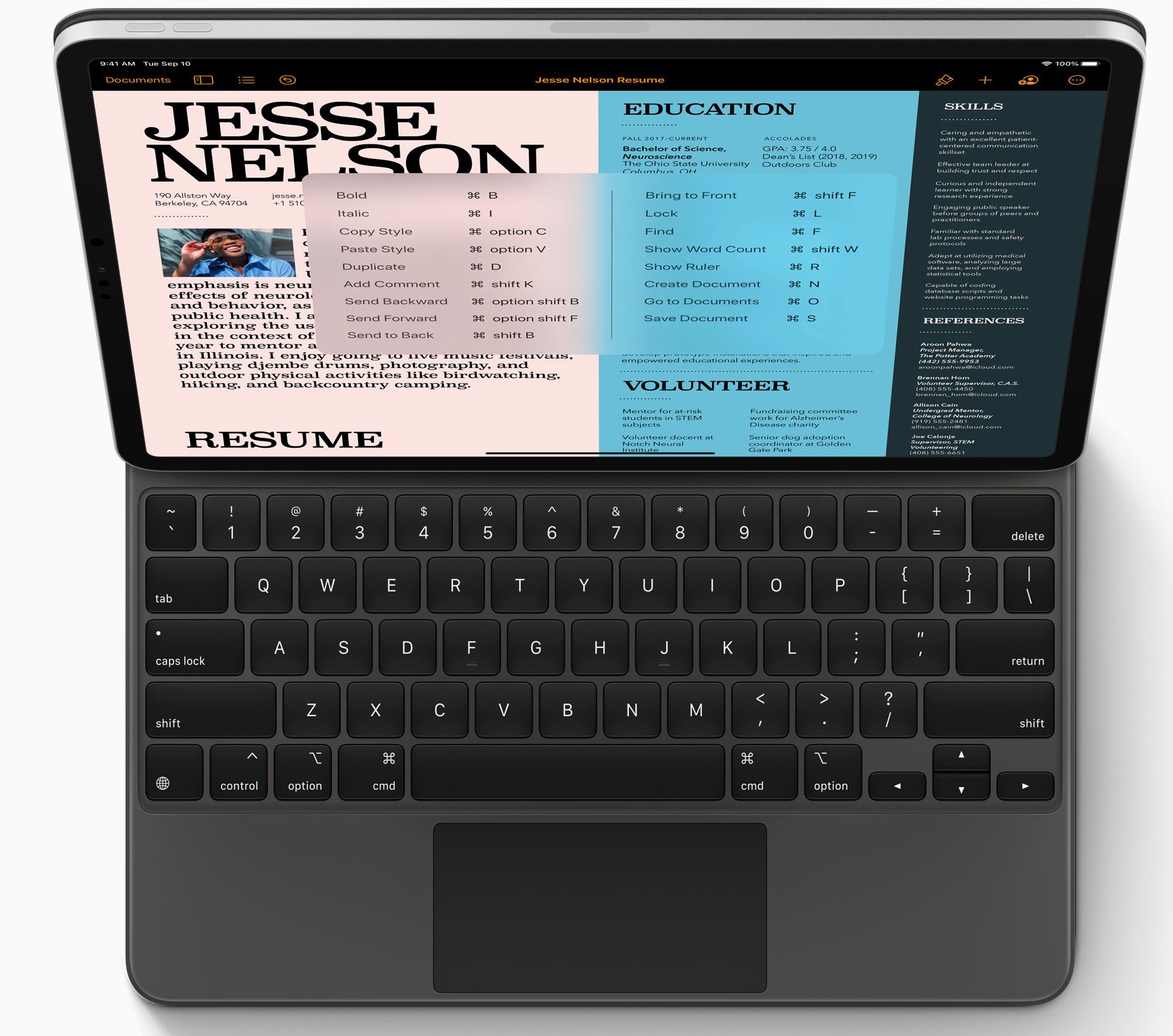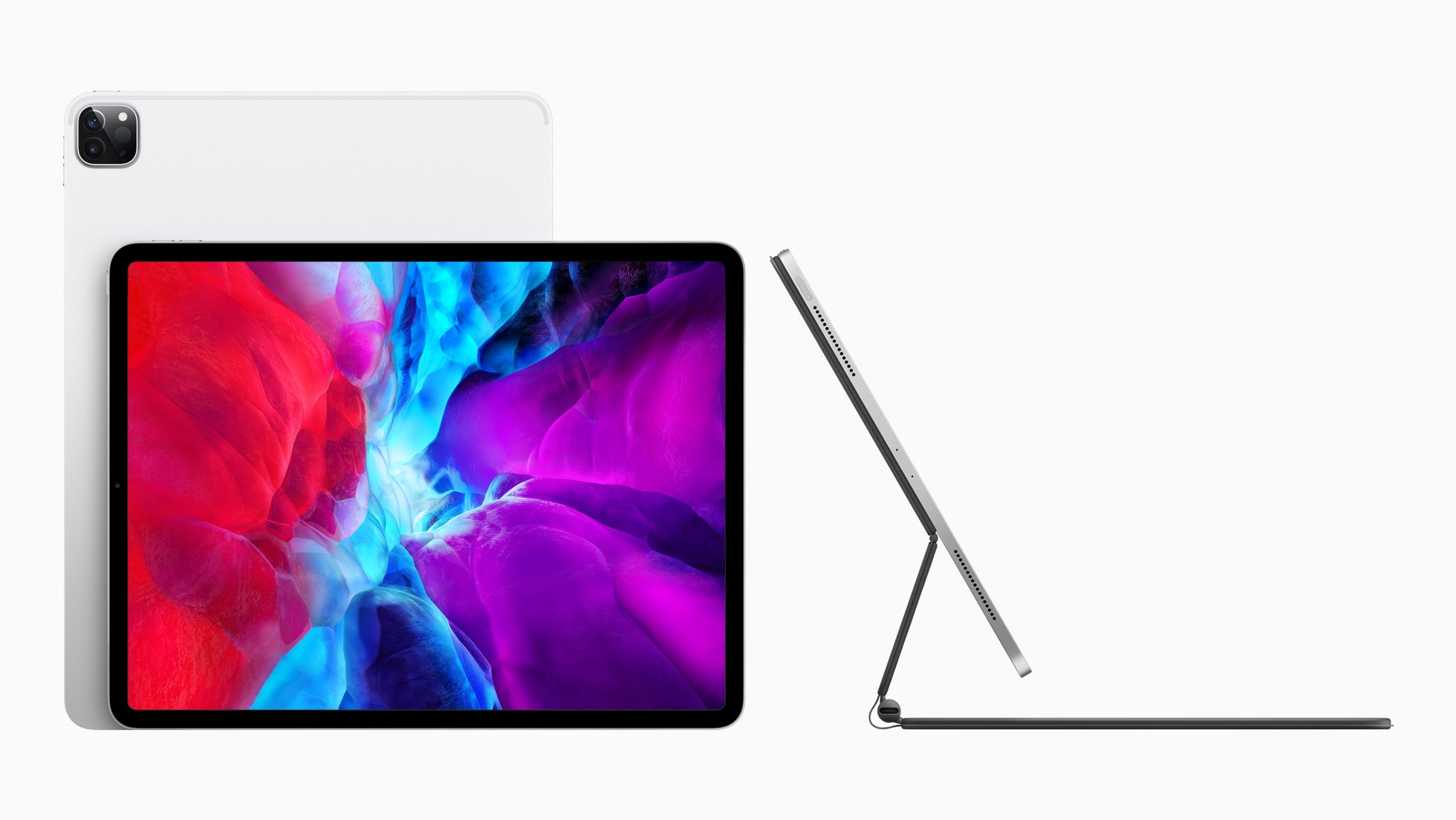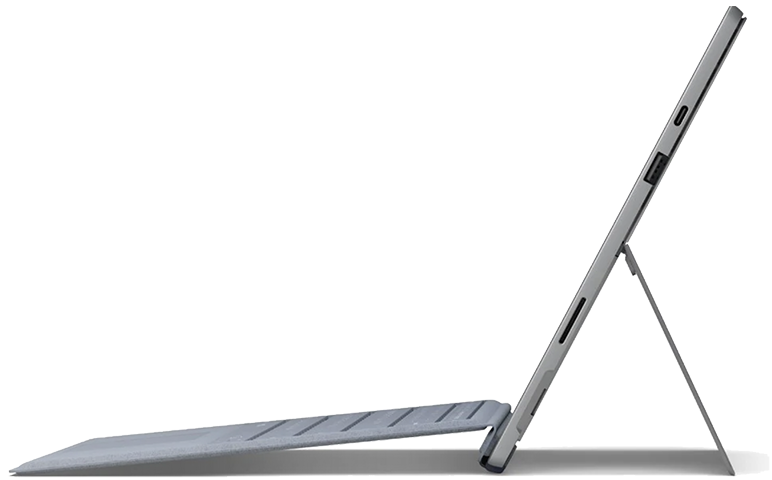Apple's iPad Pro becomes more like a Surface, and that's a problem for Microsoft
Apple's Magic Keyboard apes Microsoft's theory of computing, but it's also a really big deal.

Back in June 2019, I did a piece on how the more the iPad Pro becomes like the Surface Pro, the bigger the threat it is to Microsoft's 2-in-1 PC paradigm. At the time, I remarked that mouse and cursor support was just the beginning, but once iPadOS gets a trackpad, the situation will become more significant.
Today, Apple announced refreshes to the iPad Pro line, and they're due to ship in the coming weeks. The more important news is what comes in May, which is the new $350 Magic Keyboard for iPad Pro. That keyboard brings a new hinge for multi-angle support and, yes, a trackpad.
Will Magic Keyboard be as good as the Surface Pro's Type Cover? It's unlikely. Microsoft's keyboard has angled typing, and the Surface Pro's built-in kickstand and hinge still set the bar. But that doesn't matter much, as Apple's is likely good enough (and yes, it's backlit and even works with the last-gen iPad Pro, too).
Putting aside how wrong Apple was about the 2-in-1 form factor, which it is now ironically fully embracing, this move by Apple is likely to harm sales of the Surface Pro line. Apple's iPad has long bucked the trend of the failing tablet market because it has the best hardware and an OS that people relish.
I'd argue – and many of you would too – that Windows 10 is still a more "serious" OS built for doing "real" work. But for many, those lines are blurring. For the last few years there have been many attempts by people trying to make do with just an iPad, and today's announcement will only make that easier.

Apple still has some other hurdles to overcome yet. Its iPadOS is still lacking in many advanced desktop OS features compared to Windows, and its processor is still mostly overkill for what many use the iPad Pro for today. But those are surmountable problems that Apple will likely solve with time. That's not too different from Microsoft, who is working from the opposite of end of trying to make a desktop OS more palatable to light-computer devices like the Surface Pro X.
There's also pricing, and, to no one's surprise, everything Apple is doing is more costly. The 256GB iPad Pro 12.9 ($1,100) with Apple Pencil ($130) and Magic Keyboard ($350) comes to $1,580. The 256GB Surface Pro 7 ($1,000) with Surface Pen ($100) and Type Keyboard ($160) is just $1,260 with the current sale price. That favors Microsoft by $320. Although, interestingly, the Surface Pro X is $1,570, which gives you 4G LTE for just $10 less than Apple without LTE.
Get the Windows Central Newsletter
All the latest news, reviews, and guides for Windows and Xbox diehards.
The good news is while Apple is just now catching up to Microsoft's 2012 vision of a 2-in-1 tablet PC, Microsoft is already on to the next thing: foldable and dual-screen devices.
As I reported in January 2018, Microsoft sees dual-screen and foldable PCs as the next era of mobile computing. That strategy is coming to life this summer with the Lenovo ThinkPad X1 Fold and later this year with the Surface Neo with Microsoft's new Windows 10X OS. Companies like Dell and HP are expected to follow the trend in 2021 with their own takes on the hardware.
Much like in 2012, many Apple fans and general tech skeptics will question the value of dual-screen and foldable PCs, but the industry seems set on the idea.
All eyes will be on how Microsoft evolves the Surface Pro 8, which could come in late 2020 with some of those Surface Pro X design cues. And Surface Neo as the big exciting "next-gen" PC evolution.
But make no mistake, a lot of people will give the new iPad Pro with Magic Keyboard serious consideration the next time they need a laptop, and Microsoft better be ready to respond.

An iPad camera that is now as good as an iPhone's.
The 2020 iPad Pro has a faster processor, an advanced camera system, a LiDAR scanner for AR, and support for an actual cursor experience with the Magic Keyboard with Trackpad.

Type-C and 10th Gen Intel are game-changers
Microsoft has finally added a loaded-out USB Type-C port to the Surface Pro 7. When combined with Intel's latest 10th Gen processor and GPU, this year's Core i5 blows away last year's Core i7 all without a fan. Minor tweaks to the RAM, going to Intel for Wi-Fi 6, and Instant On ability make this Surface Pro 7 an absolute joy to use.

Daniel Rubino is the Editor-in-chief of Windows Central. He is also the head reviewer, podcast co-host, and analyst. He has been covering Microsoft since 2007 when this site was called WMExperts (and later Windows Phone Central). His interests include Windows, laptops, next-gen computing, and wearable tech. He has reviewed laptops for over 10 years and is particularly fond of 2-in-1 convertibles, Arm64 processors, new form factors, and thin-and-light PCs. Before all this tech stuff, he worked on a Ph.D. in linguistics, performed polysomnographs in NYC, and was a motion-picture operator for 17 years.
